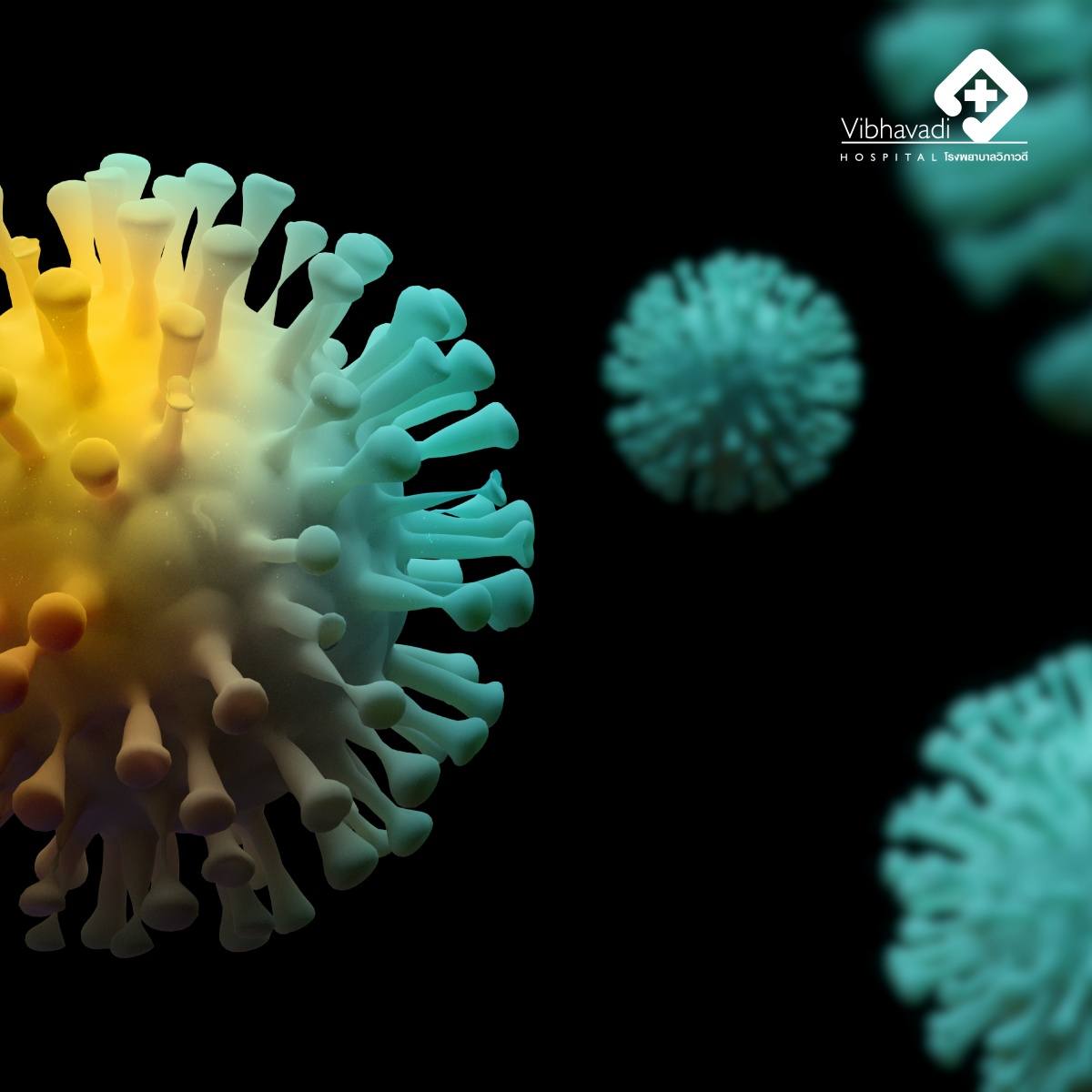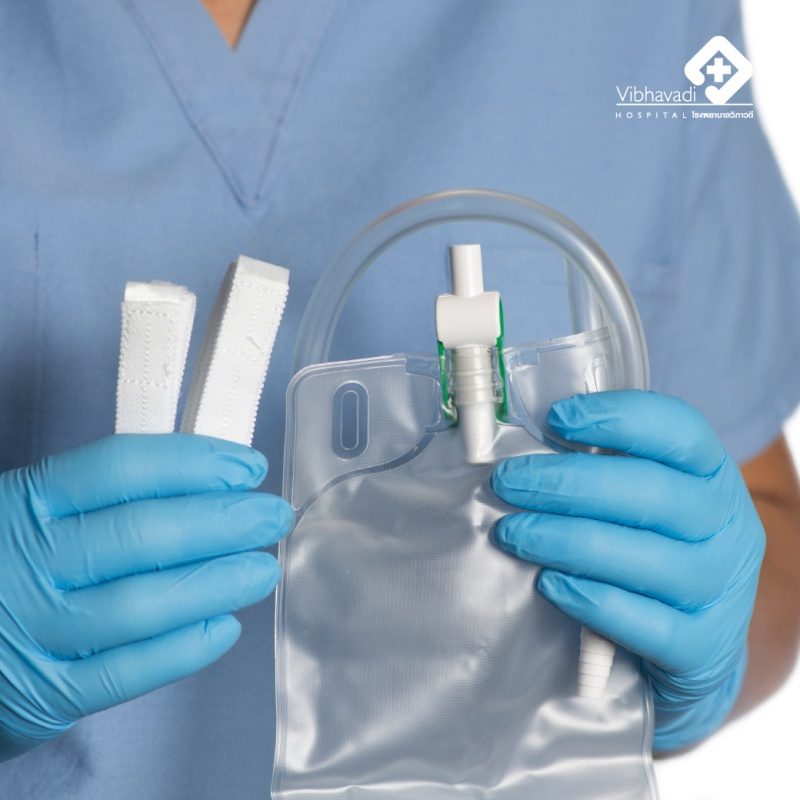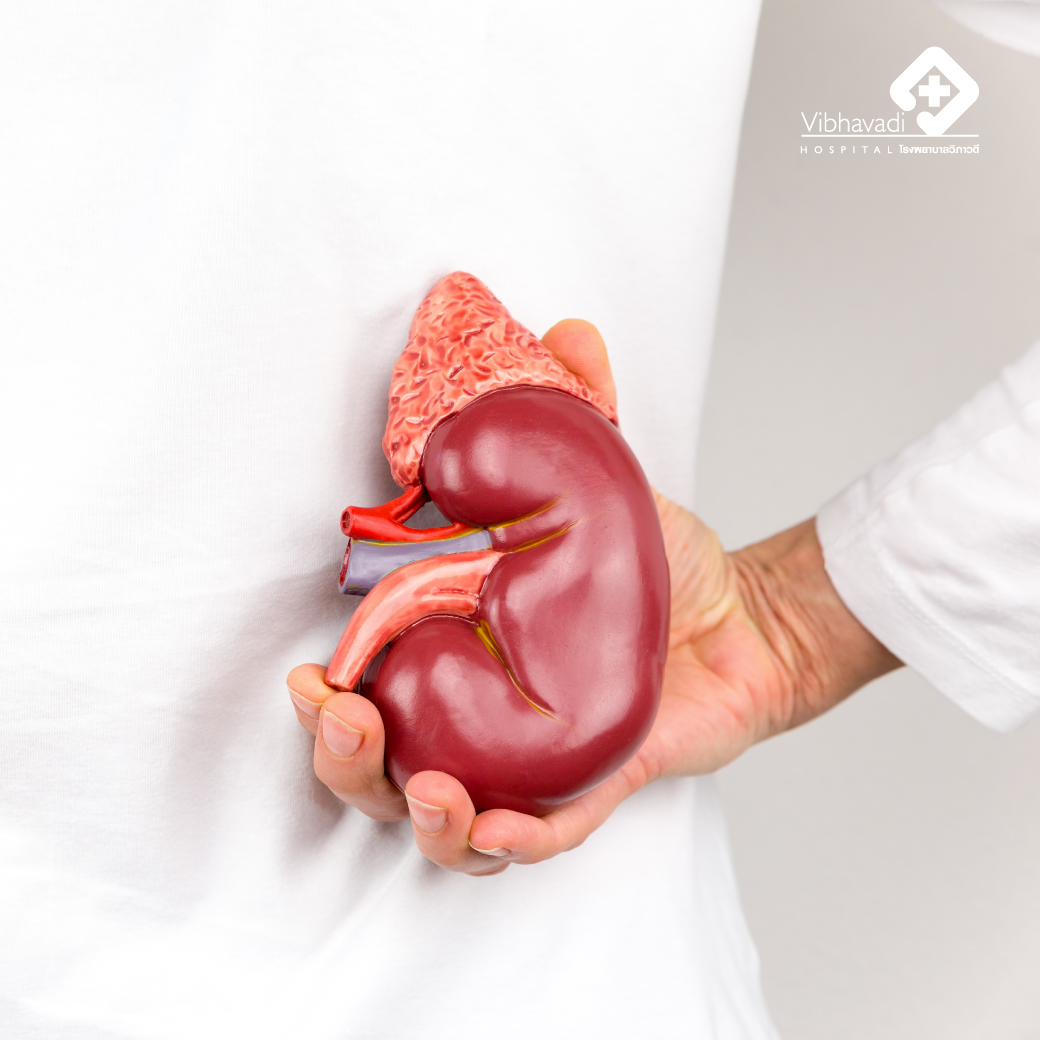Colposcopy
Colposcopy
Dr. Utsanee Chatrichotikawong
Specializing in gynecologic oncology
Every woman should receive annual screening for cervical cancer. In Thailand, cervical cancer is the second most common cancer among women, following breast cancer. On a daily basis, 14 Thai women lose their lives due to cervical cancer (1). If the test results show abnormal cells in the cervix, indicating a potential risk, further examination through colposcopy is recommended. The attending physician will schedule a colposcopy for the patient, which involves using a magnifying instrument to examine the cervix. Colposcopy refers to the use of a magnifying instrument with increased magnification levels to visualize an enlarged image of the cervix and assess any signs of abnormalities. It is a standard method for the care and treatment of patients with abnormal cervical cancer screening or those who test positive for high-risk human papillomavirus (HPV) strains, specifically types 16 and 18. During colposcopy, the cervix is stained with acetic acid, and the magnifying instrument is used to observe the cervix after staining. The principle behind this technique is that if the cells are exposed to a highly concentrated acid, the water inside the cell's cytoplasm will be drawn out, resulting in a clearer nucleus. In the case of abnormal cells, the nucleus will be enlarged, causing the water within the cell to be drawn out by the acid, resulting in the appearance of white patches. Therefore, if there are indications of abnormal cells in the cervix, further examination through colposcopy is necessary. The possible findings from colposcopy include low-grade squamous intraepithelial lesion (LSIL), high-grade squamous intraepithelial lesion (HSIL), atypical squamous cells that cannot exclude HSIL (ASC-H), and atypical glandular cells (AGC) (2). Additionally, the detection of high-risk HPV strains, particularly types 16 and 18, increases the risk of developing cervical cancer.
How to Perform a Colposcopy:
- Instruct the patient to assume a lithotomy position, similar to a gynecological examination.
- Insert a speculum into the vaginal canal to assess the cervix.
- Apply a 1% or 3% acetic acid solution to the cervix, leaving it for one minute or thirty seconds, respectively.
- Examine the cervical area for any abnormalities using the colposcope.
- Rotate the cervix for a thorough examination. If the transformation zone is not completely visible, gently scrape the cervical canal to obtain additional samples. This may cause slight discomfort for the patient.
- Apply Monsel's solution to stop any bleeding after colposcopy and cervical scraping.
- Avoid sexual intercourse for two weeks following the procedure.
- Refrain from taking baths, swimming, or lifting heavy objects for two weeks.
- It is normal to experience minor bleeding after the procedure. However, if there is excessive bleeding, seek immediate medical attention at the hospital.
- Schedule a follow-up appointment with the physician approximately seven days after the procedure to discuss the results of the cervical scraping and biopsy.
References
2. The American College of Obstetricians and
Gynecologists (ACOG) http://www.acog.org
For more information, please contact the Obstetrics and Gynecology Department, located on the second floor of Building 2.
Visit
https://www.vibhavadi.com/Center/Clinics/id/02















